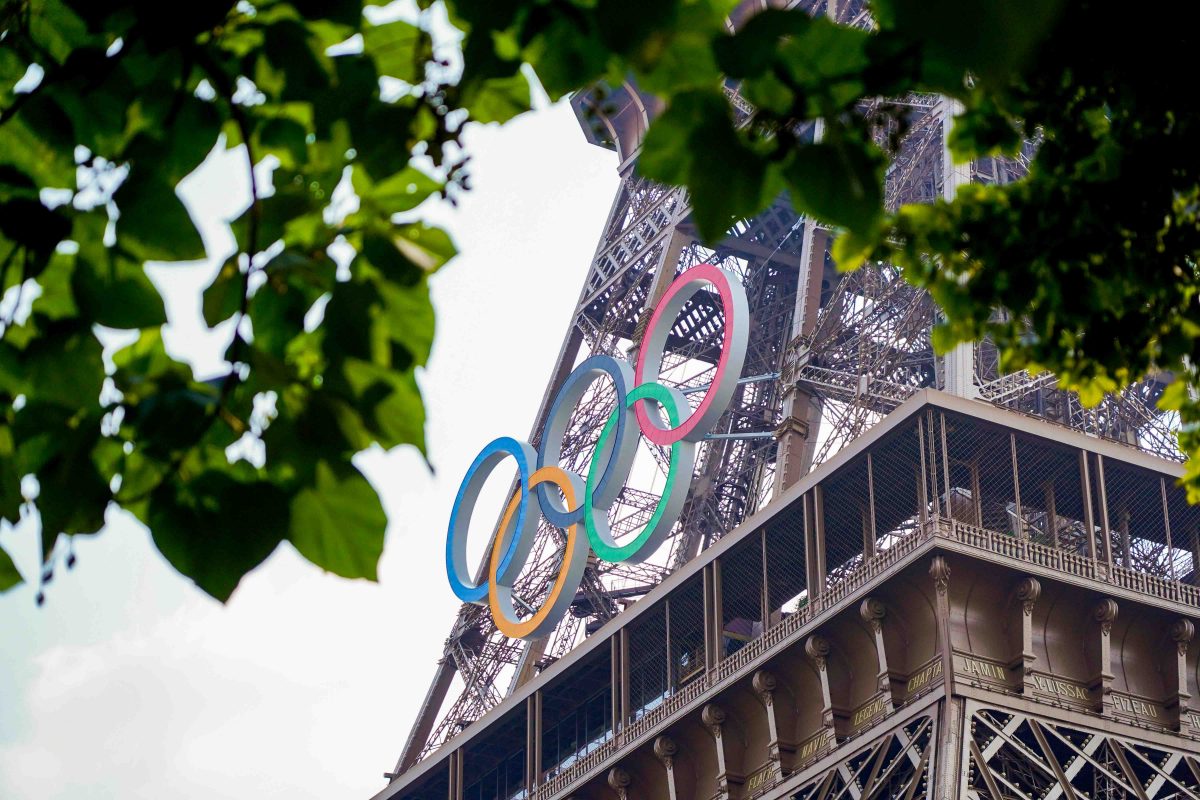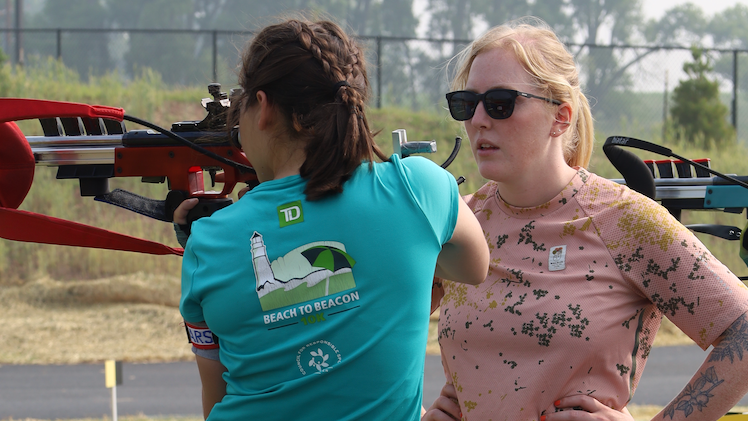
The U.S. Biathlon Association announced its 2012-13 national team two weeks ago, and there were very few surprises: the mainstays of both the men’s and women’s team will all return to ski in the red, white, and blue, and only a single new team member was named.
Rather than any serious shift in individual team members, however, the announcement seemed to reflect a more subtle change in strategy for the U.S. national team. For the first time in years, more women were named to the team than men, and the men’s team shrank to just six members after staying even at eight for the last two seasons.
And the men’s and women’s teams look different, too: all six members of the men’s team have World Championships or Olympic experience, while the women’s squad includes two athletes, Hannah Dreissigacker and Corrine Malcolm, who have only spent two seasons racing at the European Cup level.
To discuss these changes, and what they mean for the upcoming Olympics in Sochi, FasterSkier called up USBA President and CEO Max Cobb.
FasterSkier: Compared to previous years, the men’s team is very pared down – there’s more or less just an A team. Is that a strategic shift for you?
Max Cobb: I think we felt like the athletes who are on the men’s team now are the ones who have the best chance of being on the Olympic team. Obviously there is a team selection procedure that is going to finally name the team, but we felt like those are the ones who have the best chance to be at the Olympic level based on the performance they had last year. So it could have been bigger if we felt like there were more athletes who had distinguished themselves, but that was where the break was in terms of athlete performance.
FS: So, then, Sochi is the main thing you’re focusing the national team on, rather than thinking about longer term development right now?
MC: Yeah, that’s definitely true. We see in biathlon that athletes are very good through their mid-30s, so if we think about Sochi, we’ll probably see retirements from Hakkinen and Teela, but the rest of the team we suspect will remain active for at least a couple more years.
FS: Does lack of development funding make you worry about the athletes below that break? If you want them to contribute when they are in their 30s, how can they get there?
MC: There’s a limit, and financial constraints for how deeply we can be supportive. We’re definitely fully focused on providing a medal-caliber program for the best athletes in the country, and unfortunately the resources don’t allow us to extend very much beyond that at this point, just because it’s so expensive to run an extensive national team program. So, yeah, it’s the absolute right question to be asking, but we just don’t have any more money.
FS: So the fact that the women’s team had a larger squad named – for the first time in a long time – does that just reflect that the women have been less consistent, and that you need a larger group to pull from in order to get those top performances?
MC: I think the overall women’s strategy is a little different from the men’s. We still see that there are less women participating in biathlon nationally, and we need to do more to stimulate and encourage that. So when we were looking at the naming, we felt like this was a group of women who had a good outlook for long term success, and we went for it. It is just a little bit different tactic on the two sides.
FS: Is the team still going to be completely centralized in Lake Placid?
MC: Yeah, I think we definitely recognize that some people have a hard time living in the training center on a year-round basis, and it’s really important for them to get some time away. We had a good experience last year with Susan [Dunklee] being able to go back to Craftsbury and have some time back there, and I think that same opportunity will exist for the athletes this summer too. We definitely recognize that it doesn’t work for everybody to live in the training center without a break.
FS: What else is U.S Biathlon psyched about right now?
MC: We’re really excited about Sean [Doherty] and Anna [Kubek], and Tara Geraghty-Moats had some really encouraging performances as well this season. [Head Coach] Per Nilsson really enjoyed the opportunity to work with Tara and Sean and Casey Smith at Swedish nationals, so that was a nice way to end the season. We’ll see how things going towards Sochi progress, but I think there’s some encouraging development in the junior ranks as well, and that’s really exciting.
We just presented our two-year plan leading up to Sochi to the USOC, so we know when the competitions will be and the camps we will have. We obviously don’t have the daily training sessions yet, but we do have a good two year plan all laid out, so we’re excited to try to work with the USOC to make sure that we get the most out of every single day in between now and Sochi. There’s a little less than 700 days to go, so we’ve just got to make sure that we’re not missing any opportunity.
FS: Wow, 700 days. That maybe makes you appreciate every day more…
MC: Yeah, I think for the athletes it is really about getting the details right every single day along the way, and so you need breaks and you need recovery, but you have to make the right training happen at the right times and stay focused. So we’ve got a really good plan put together, and I hope that it has both an inspiring and calming effect on the whole program.




One comment
gankstaskiz
May 9, 2012 at 6:48 pm
Any way you look at it, biathlon is more expensive than nordic skiing. Along with the usual costs of entry fees, coaches, wax techs, skis, and travel, there is also the cost of ammunition, range time, and owning and transporting a firearm. Biathlon isn’t a NCAA sport, which also hinders the development process. With the increased investment of time and money it’s no wonder the biathlon community is a small one. That being said, I believe USBA is governed fairly and efficiently, and the allocation of their funds have always been satisfactory to it’s members. USBA recognizes talent, and the only way for this nation to win championships is to continue to develop their existing talent in a responsible manner and get more people (promising nordic skiers?) excited in biathlon and involved in the development pipeline.